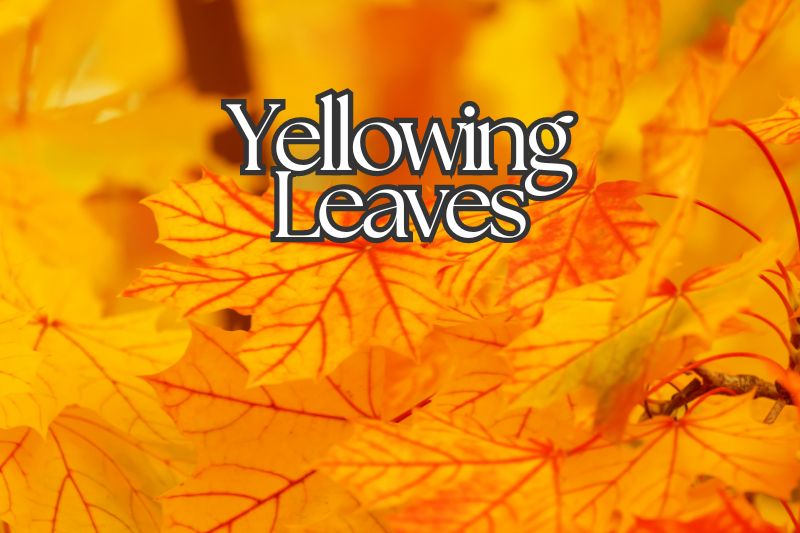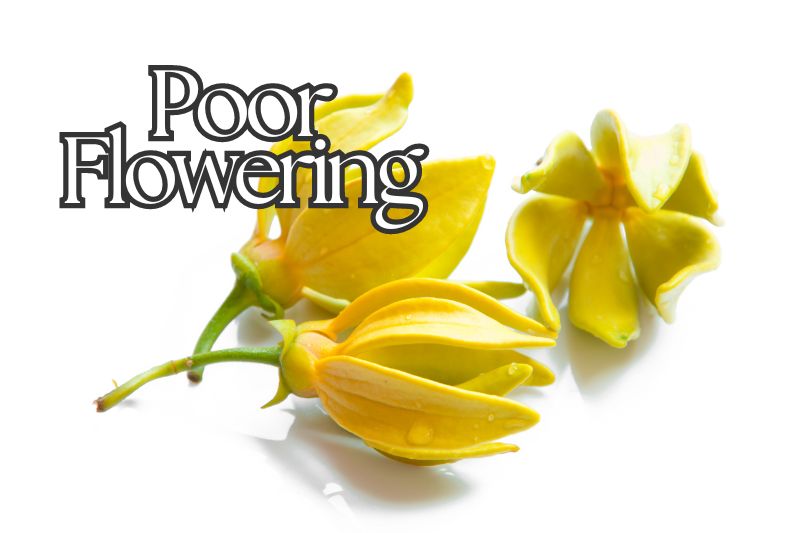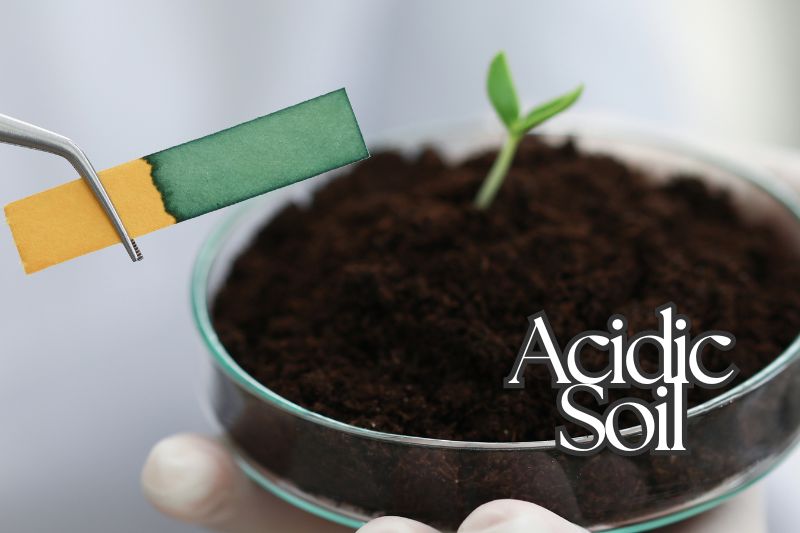Coffee grounds are often touted as a beneficial addition to garden soil, offering nutrients like nitrogen, potassium, and magnesium.
Not all plants respond positively to coffee grounds. Here are the top 10 signs that a plant doesn’t like coffee grounds, ranked from least to most concerning:
10. Slow Growth

One of the first signs that a plant may not be reacting well to coffee grounds is slow or stunted growth. Coffee grounds can alter the soil’s pH, making it more acidic, which can inhibit the growth of plants that prefer neutral or alkaline soil.
If a basil plant, which prefers a slightly alkaline soil, shows poor growth after coffee grounds are added, it might be a sign of soil pH imbalance.
Use a soil pH tester to check if the soil has become too acidic and amend it with lime if necessary to neutralize the pH.
9. Yellowing Leaves

Yellowing leaves, particularly on the lower part of the plant, can indicate that the plant is experiencing nitrogen overload or deficiency. While coffee grounds are rich in nitrogen, they need time to break down and become usable.
If tomato plants show yellowing leaves after coffee grounds application, it might suggest an imbalance in nutrient uptake.
Mix coffee grounds with other organic matter or compost to balance nutrient release and avoid nitrogen overload.
8. Leaf Burn

Leaf burn or scorch can occur if coffee grounds are applied directly to the soil surface in large quantities. The grounds can cause salt buildup, leading to dehydration and nutrient imbalances.
Lettuce plants are particularly sensitive and may exhibit leaf burn if exposed to too much direct coffee ground application.
Always mix coffee grounds into the soil rather than leaving them on top and limit the quantity to prevent salt buildup.
7. Mold Growth

Coffee grounds can retain moisture, creating a perfect environment for mold growth, which can spread to plants and soil.
If mold appears on the surface of the soil where coffee grounds were added, it might indicate excessive moisture retention.
Ensure proper drainage and avoid overwatering when using coffee grounds. Mix them with dry organic matter like leaves or straw to balance moisture levels.
6. Fungal Infections

Fungal infections can be exacerbated by the presence of coffee grounds, especially if they are not well-composted. Fungi thrive in acidic environments, which can be promoted by coffee grounds.
Plants like strawberries, which are prone to fungal infections, might show increased signs of disease.
Use well-composted coffee grounds and avoid applying them directly to plants susceptible to fungal diseases.
5. Poor Flowering

A noticeable decline in flowering can indicate that the plant is stressed, possibly due to nutrient imbalances caused by coffee grounds.
Rose bushes, which require a balanced diet of nutrients, might produce fewer flowers if overwhelmed by coffee grounds.
Supplement with a balanced fertilizer to ensure all necessary nutrients are available for flowering plants.
4. Wilting

Wilting can occur if coffee grounds create a waterlogged environment, depriving the roots of oxygen.
Herb plants like rosemary, which prefer well-drained soil, might wilt if coffee grounds cause excess moisture retention.
Improve soil aeration by mixing coffee grounds with sand or perlite to enhance drainage.
3. Acidic Soil Symptoms

Certain plants show specific signs of distress in acidic soil conditions created by coffee grounds.
Hydrangeas changing color unexpectedly can indicate soil pH changes. Blue hydrangeas turn pink in more alkaline soil, while pink hydrangeas turn blue in acidic soil.
Test soil pH regularly and adjust with garden lime to reduce acidity if needed.
2. Root Damage

Direct contact with coffee grounds can damage plant roots, particularly in young or delicate plants. This can lead to root rot or poor root development.
Seedlings and young plants, such as lettuce or spinach, might suffer root damage if coffee grounds are not properly mixed into the soil.
Always compost coffee grounds before use or mix them well into the soil to avoid direct contact with roots.
1. Pest Attraction

Coffee grounds can attract pests like ants, slugs, and snails, which can harm plants. While some believe coffee grounds repel pests, they can also provide a rich environment for certain insects.
Slugs and snails might be more prevalent in areas where coffee grounds are heavily applied.
Use coffee grounds sparingly and monitor for pest activity. Combine coffee grounds with other pest-repellent methods, such as diatomaceous earth.

